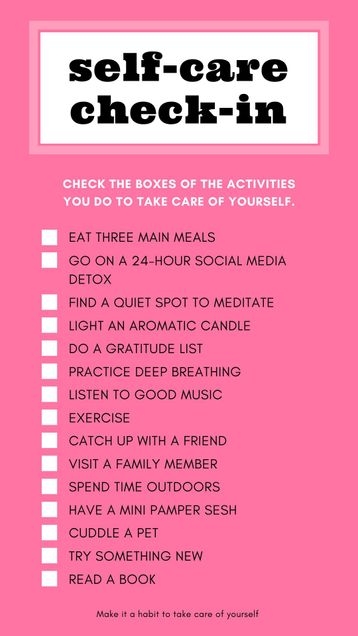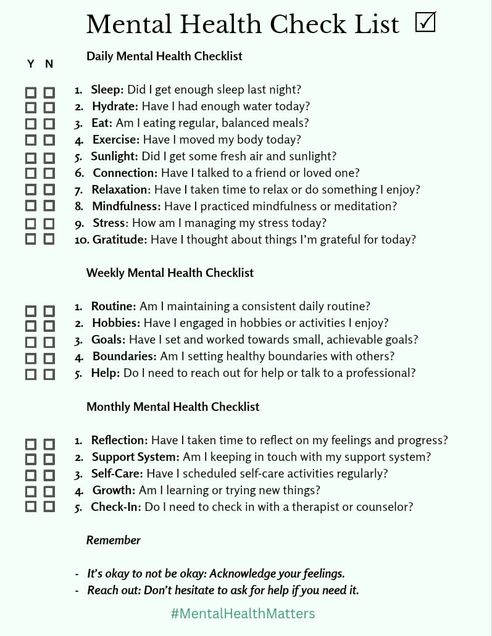Self-Care After Trauma
After experiencing trauma, self-care can be a vital step in regaining a sense of safety, and self, and not only comfort but help with managing stress during a time of healing. It is centered around taking steps toward feeling healthy and comfortable whether the trauma endured has been physical, mental, or both. Healing is a process.
It is important to know that trauma reactions are normal reactions in exceptionally abnormal situations (McNeilly, 2015). There is no typical reaction or required response after experiencing trauma. However, some reactions that can be experienced are emotional and psychological, cognitive, physical, and behavioral. By addressing these reactions we can establish ways to manage them while incorporating the self-care necessary for healing and recovery.
Physical, cognitive, and behavioral responses can manifest in numerous ways. Physically, a person can experience symptoms such as headaches, nausea or upset stomach, being easily startled, fatigue, high blood pressure, dizziness, rapid breathing, and insomnia. Cognitive responses include difficulty concentrating, flashbacks, amnesia, or worry. Finally, behavioral responses can be experienced as changes in sleeping and eating patterns, withdrawal from others, or not wanting to be alone (MITHealth, n.d.).
During a person’s recovery, they should be aware of their physical health. Being physically healthy can help support you through times when a person is feeling emotionally drained or recovering from physical injuries. Honesty with oneself and their support system is imperative to ensure that healing can happen.
In the physical sense, we can reflect on times when we did feel physically healthy. When doing so, we should address questions such as: how were sleep habits during this time? How were your eating habits, and what made you feel healthy, strong, or even comforted? Did you exercise? Did moving your body more make you feel better? Did you participate in previous self-care or daily routines that helped improve your day, start your day off well, or contribute to winding down in the evenings? (RAINN, n.d.).
By answering these questions, we can start to rebuild or take from the previous habits or routines and incorporate them into physical recovery by repeating or taking examples from these times. Furthermore, it is important to allow yourself to rest when you need to rest and do things that feel good to you.
Emotional self-care comes in many forms. It is not a one-size-fits-all routine, but as unique as the individual involved. By being able to recognize the signs of psychological and/or emotional distress we have a better chance of addressing them. These reactions can manifest in several ways such as fear, panic, or generally feeling unsafe, anxiety, flashbacks, anger, irritability, moodiness, crying, feelings of helplessness or meaninglessness, depression, violent fantasies, detachment, “survivor’s guilt” or self-blame, restlessness, over-excitability, hopelessness, and feelings of estrangement or isolation (MITHealth, n.d.).
Much like with our physical health, we can ask ourselves questions about times when our emotional health was in a better place. In doing so, we can reflect on how we can start trying to rebuild back to that place. Where did you spend your time? Who did you spend your time with? Did you feel safe and supported when you were with them? Where did you draw inspiration from during this time? Is there a particular book, quote, or even a Pinterest board where you put away things that made you feel good or happy? Did you like to meditate or journal? What did you like to do for fun? How did you relax? (RAINN, n.d.).
Being reminded of these times and these habits can help bring back into focus that there were times when the world wasn’t so overwhelming and there can still be those times again. Using the same habits from then can help work through the trauma a person has experienced by doing things they know have made them happy previously.
There are many types of self-care, emotional, financial, spiritual, professional and academic, mental, physical, environmental, recreational, and social (Reiff, 2024). Sometimes self-care, especially after trauma requires deliberate effort. This can be sleeping, showering, eating, watching television, reading, or going for a walk, as much as it is acknowledging the trauma, going to therapy, talking about the event with those you feel comfortable with, and learning your trauma triggers. You must allow yourself to feel your feelings. No matter what they are your feelings are valid and you are allowed to feel however you want to about what happened to you.
If you are feeling unsure of how to start practicing self-care, here are a few lists of ideas for you:


References:
McNeilly, C. (2015, September 23). Taking Care of Yourself After a Traumatic Event | University Counseling Service – The University of Iowa. Counseling.uiowa.edu.
https://counseling.uiowa.edu/news/2015/09/taking-care-yourself-after-traumatic-event
FAQ: Common Reactions to Traumatic Events | MIT Health. (n.d.). Health.mit.edu. https://health.mit.edu/faqs/mental-health/common-reactions-to-traumatic-events
Self-Care After Trauma | RAINN. (n.d.). Rainn.org. https://rainn.org/articles/self-care-after-trauma
Reiff, L. (2024). 9 Types of Self-Care & How to Practice. ChoosingTherapy.com.
https://www.choosingtherapy.com/types-of-self-care/
Girlspring. (2020, March 28). Self-Care Check List! – GirlSpring. GirlSpring.
https://girlspring.com/self-care-check-list/
TheMindsetGarden. (2024, July). Benefits of a Mental Health Checklist. Payhip.
https://payhip.com/TheMindsetGarden/blog/mindset/benefits-of-a-mental-health-checklist